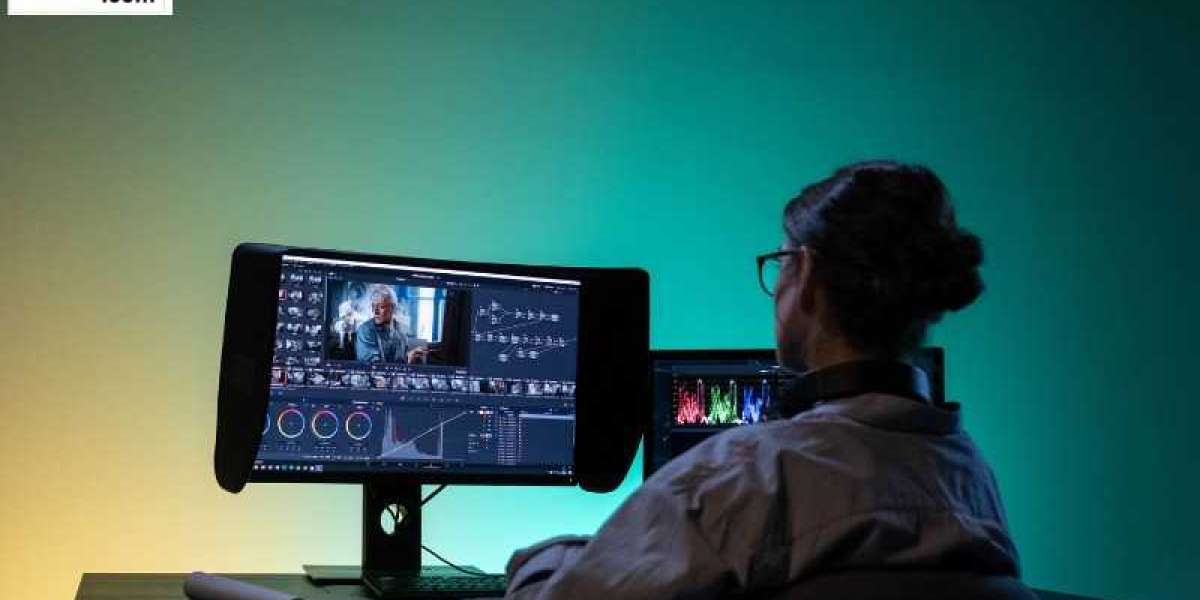Introduction
In the world of image localization, understanding copyright and licensing is crucial. Using images without proper permission can lead to legal issues and financial penalties. To make their blog entries stand out in the wide digital landscape, bloggers and content providers frequently use visually appealing images. On the other hand, inappropriate image use may result in harsh legal repercussions.
As the demand for localized visual content grows, it's essential to navigate these legal waters carefully. This guide will help you understand the importance of copyright and licensing in image localization and provide practical advice on how to stay compliant.
Definition of Copyright
The ownership of an image legally is known as image copyright. An image's copyright, which includes the only authority to duplicate or reproduce it, belongs to whoever created it. Original works of authorship are safeguarded by US federal legislation known as copyright. Literary, written, theatrical, artistic, musical, and some other kinds of works are all considered works of authorship. However, not all images can be used freely, as they may be subject to copyright laws. Sometimes we come across the phrase “image may be subject to copyright.” According to the Copyright Law of the United States, the copyright owner of an image has exclusive rights to:
- Reproduce the copyrighted work in copies.
- Create derivative works based on the copyrighted object.
- Sell or distribute copies of the copyrighted work.
How Copyright Applies to Images
When it comes to images, copyright protects the original artistic work, whether it's a photograph, illustration, or graphic design. A copyright-protected photograph can still be used; you only need to obtain a license or other authorization from the owner in order to do so.
Types of Licensing for Images
It can be very difficult to discover the perfect photo for your project, especially when it comes to the legal aspect. Before using a photo you find online, you must ascertain what kind of license it has and what uses it permits.
- ROYALTY-FREE
Royalty-free images have very few restrictions. You can use the photo as you like for as long as you want after paying the photographer a one-time charge (you can't try to resell it or claim it as your own).
- CREATIVE COMMONS
Creative Commons licenses allow you to control the extent of permission that others have to use your photos, which is useful if you want to share your images with a wider audience or want to get recognition for them.
- RIGHT MANAGED (RM) LICENSE
In a rights-managed license, the buyer needs to define exactly where the image will be used, This includes the number of copies printed, the size, duration of use, and the industry in which the image will be used.
- COMMERCIAL IMAGE LICENSE
You can use an image "with the intent and purposes of selling a product, service, or idea" if you have a commercial image license. To enable you to use the photograph for commercial reasons, there is typically a price involved, sometimes referred to as the licensing fee.
- EDITORIAL USE
Editorial use licenses are meant to be used in non-commercial, informative content such as blogs and news articles.
Challenges in Image Localization
Copyright infringement in designs is important to be aware of as a user or content provider because it can have detrimental financial and legal repercussions.
- Risk of Legal Action: Using copyrighted pictures without permission or a license constitutes copyright infringement and can result in legal action, including fines and lawsuits.
- Advances in artificial intelligence: Artificial Intelligence and machine learning may make it possible to create new works of art automatically, potentially blurring the lines between original and derivative works. This could result in new ownership and authorship legal disputes.
Best Practices for Using Licensed Images
- Creative Commons (CC)
Under a Creative Commons license, the copyright owner allows the use and distribution of image users under certain conditions. In most cases, giving image credit properly is key, but first and foremost, image users must get acquainted with the types and rules of the different CC licenses.
- Follow the format
Although there isn't a set standard for attribution, consistency in the process is crucial. A typical format could look like this: “Photo by [Name] on [Platform], licensed under [License].
- Stock Photos
It makes sense that stock pictures have long been a preferred source of images for marketers. They are a premium, practical solution that frequently meets business needs.
- Confirm who owns the copyright in the image
Make sure you always have permission from the image's creator to use it. They may have assigned their rights to someone else and no longer own the copyright to the image.
- Avoiding Infringement
To avoid copyright infringement, ensure that all images are used according to their licensing terms. Keep records of licenses and permissions for each image used. If in doubt, get legal counsel to be sure you're compliant.
Case Study
Super Cassettes Industries Limited vs YouTube and Google (2013): Case: Super Cassettes, a music label, filed a lawsuit against Google and YouTube for allegedly hosting recordings that violated copyright. Key takeaways: If online platforms host illegal content, they may be held accountable. When distributing content online, SMEs should think about copyright licensing choices.
Navigating International Copyright Laws
When it comes to the protection of non-original images, national laws differ greatly from one EU Member State to the next, even if all of them grant complete copyright protection to original photos that satisfy the judge's originality standard. For example, on the one hand, France has adopted a monistic system that does not grant any protection to non-original photographs. Website proprietors should not consider it unnecessary to become knowledgeable about the nuances of foreign picture copyright regulations. Legal issues can harm your reputation, be expensive, and lead to the content on your website being taken down.
Conclusion
Navigating copyright and licensing in image localization is a complex but essential task. By understanding the different types of licenses, adhering to best practices, and leveraging technology, you can ensure that your localized visual content is both legal and culturally sensitive. Staying informed and proactive will help you avoid legal pitfalls and create impactful, compliant visual content.
DTP Labs is a desktop publishing company based in New Delhi, India. We offer book publishing Services, PDF to Word conversions, post-translation DTP, and e-learning localization services to translation agencies worldwide. To avail of our services, check out our website www.dtplabs.com, or contact us at [email protected].








